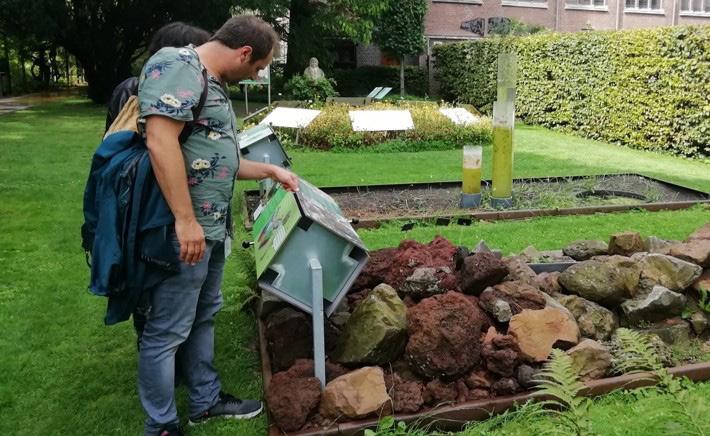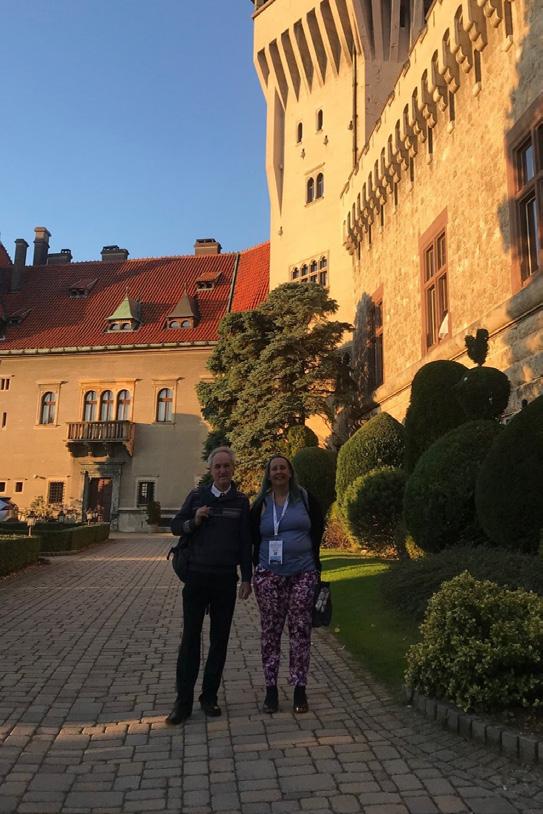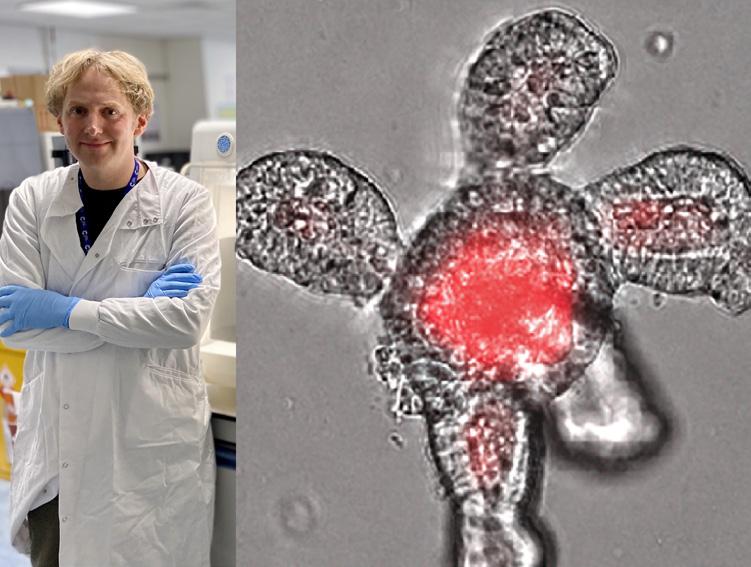
1 minute read
New tests could have big impacts in toxicology
RESEARCH INTO COMPUTATIONAL METHODS FOR THE AMES TEST SHOWS PROMISE.
BY: LOUIS DAVIES
Advertisement
Piers Townsend started out in biology before quickly switching to study chemistry. He now has a PhD in computational chemistry from the University of Bath. His research into the Ames test could have big implications for toxicology, and even the necessity of animal testing.
The Ames test is a method developed by Bruce Ames at UC Berkeley in the 1970s in order to determine the risk a substance poses to organic life. The test involves growing a type of Salmonella bacteria in a petri dish, but with a mutation that prevents them from producing an amino acid needed for reproduction. The sample is then exposed to the substance being tested. If the substance can damage or modify DNA, then this could undo the mutation, and the sample will return to a state in which it can grow. Growth in the petri dish indicates that the substance is Ames positive and is therefore a biohazard. As it turns out, what’s helpful to the bacteria could be deadly to humans.
A simplified 3D model of the interaction between a piece of DNA and a potentially hazardous substance
Conducting an Ames test takes time and money, which is why Piers Townsend has been looking for a better way. The secret to replacing experimentation with computation comes from activation energy –how much energy you need to start a chemical reaction. A substance with low activation energy will react more easily, and therefore poses a greater threat than a high activation energy, which is less likely to react. The hypothesis was that these activation energies could be calculated accurately using software, and by trying it on compounds that were already lab-tested, this proved to be exactly the case. The research into computational methods for the Ames test is in its infancy, so there haven’t been any major changes to industry practices yet, but there is an emphasis within the wider field of toxicology on moving towards a future where computers are used for more forms of analysis. The main reasons are the time and money that go into an experiment, and Piers predicts that “we’re set to see a future where computational toxicology is significantly used in conjunction with experimental methods.”
Piers has not done any lab work for the last five years, but this doesn’t mean he wants to be shut off from the test tubes and burners. He says, “the real power of computational chemistry comes from working with experimentalists










